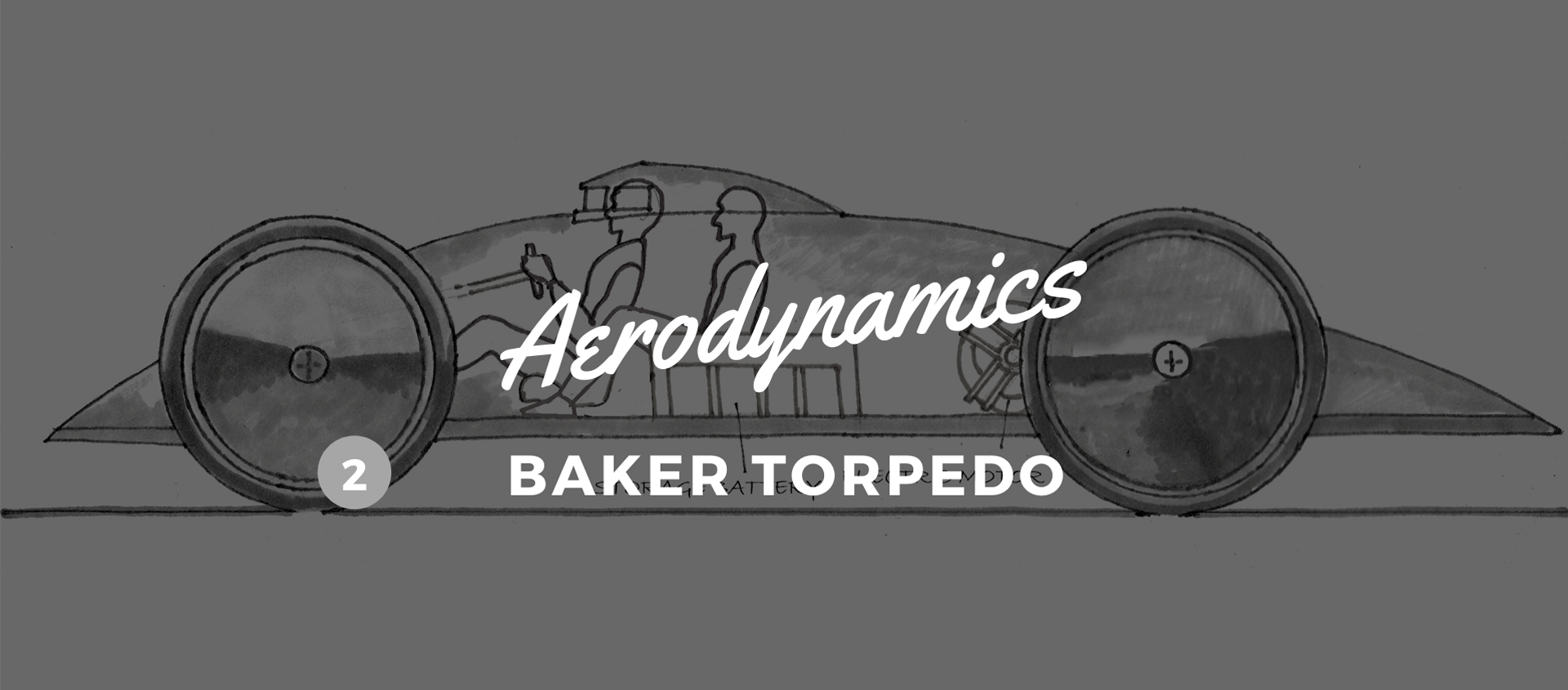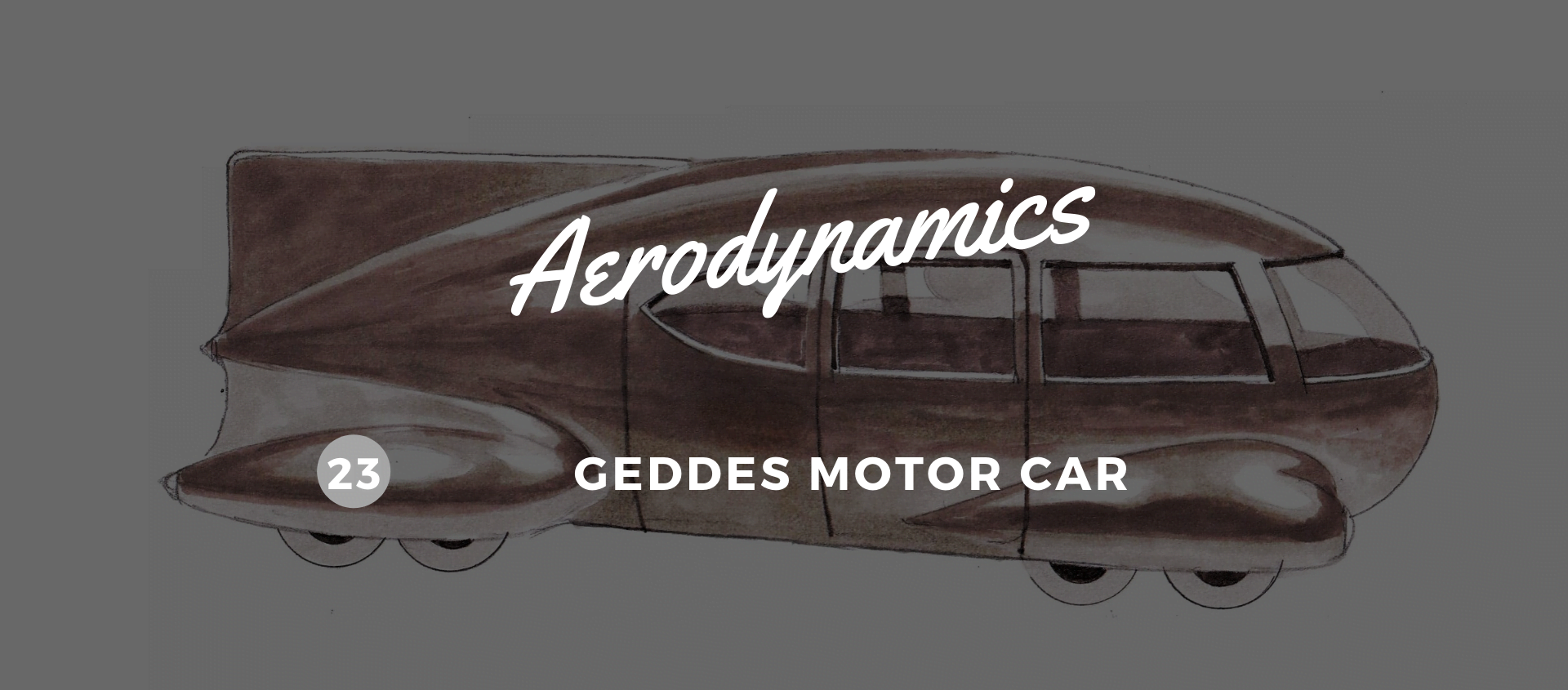The 1902 Baker Torpedo”
17 February 2020 5 min read 4 images

The Baker “Torpedo” is a very significant — we might even say the ultimate — example of the pioneering phase in aerodynamics research, which was based on substantially empirical but nevertheless effective forms that turned out to be basically correct. Indeed, the Torpedo’s “perfect semi-cast” body/shell was subsequently taken as a benchmark in scientific research in aerodynamics, especially in Paul Jaray’s 1920s studies and patents.
Register to unlock this article
Signing up is free and gives you access to hundreds of articles and additional benefits. See what’s included in your free membership. See what's included in your free membership.
Already have an account? Log In


